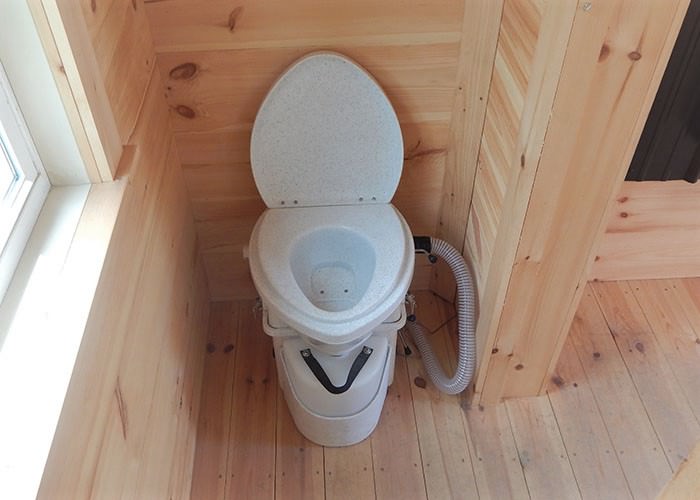
Over the years, the infrastructure of the United States has deteriorated, with many cities still relying on outdated combined sewer systems that overflow during heavy rains, releasing raw sewage into water sources. In rural areas, sewage is often released directly into the environment or septic systems are dysfunctional. These issues have led to the resurgence of diseases that were once thought to have been eradicated in the U.S.
Using fresh water to transport waste is not only inefficient but also wasteful of a precious resource. While addressing the problems with the current wastewater system, incorporating composting toilets into the mix can offer a more sustainable solution. However, some people may be hesitant to switch to composting toilets due to unfamiliarity with the process.
The Basics of Composting
Composting is a simple biological process that occurs through aerobic decay. The process is similar in both backyard compost piles and composting toilets.
Composting toilets require a more sophisticated management system due to the nutrient-rich and potentially pathogenic nature of the waste. Several design choices will determine the effectiveness of a composting toilet in managing waste.
Site-Specific vs. Manufactured
Site-specific designs are custom-built for specific conditions and are often integrated into the structure of a home. In recent years, the availability of manufactured composting toilets has increased, offering more options for consumers. Commercial systems are now more widely accepted by permitting agencies.
Self-Contained vs. Split Systems
Self-contained composting toilets are compact units suitable for occasional use or small households. Split systems separate the toilet from the composter, allowing for larger installations. Both systems have their advantages and considerations.
Continuous vs. Batch Composting
Composting toilets can be continuous or batch systems. Continuous systems move waste through the process as it composts, while batch systems keep waste in a single container until it fully composts.
Passive vs. Powered Systems
Many composting toilets use power to manage the composting process. Active systems may include electric pumps, heaters, and vents to optimize composting conditions.
Considerations for Effective Composting
Efficient composting relies on maintaining the right carbon-nitrogen ratio and moisture content. Some systems are designed to divert urine from the composting process to improve efficiency. Proper maintenance and understanding of the system are essential for successful composting.
Final Thoughts
Composting toilets may not be suitable for everyone and may require more attention and maintenance than traditional flush toilets. However, for those committed to sustainable waste management and protecting water resources, composting toilets can offer a practical solution with a positive environmental impact.
Editor’s Note: This article was originally published on October 17, 2019 and was updated in July 2024. Feature image credit: jamaicacottageshop.com






